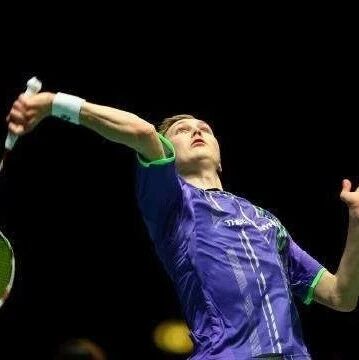In badminton matches, seemingly ordinary actions by athletes actually serve a big purpose!
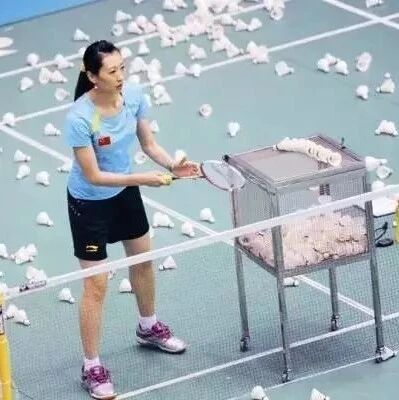

"Professional badminton matches demand tremendous physical stamina—so how do players manage to catch their breath on the court? And when facing an evenly matched opponent, especially if they’re still not fully warmed up and constantly on the defensive, what techniques do they use to regroup, rethink their strategy, and shift gears effectively?"
Sweat wiping, ball changes, and other such situations frequently occur during matches. For amateur players, these moments might simply feel like a "breather," but for professional athletes, they’re often more about thinking, adjusting their own game—and even disrupting their opponent’s rhythm. Let’s take a closer look at exactly what happens in these instances.
Wiping sweat
We often see that during professional matches, athletes frequently wipe their sweat with their non-racket hand and then flick it off the court—rather than using a towel directly. This is because, in badminton, wiping sweat with a towel requires permission from the head referee, or else it can only be done during a timeout (when one player reaches 11 points first).
When an athlete has played a longer rally or several rallies in a row, they can request a break from the referee—and usually receive approval. This is precisely the opportunity to rest and regroup.
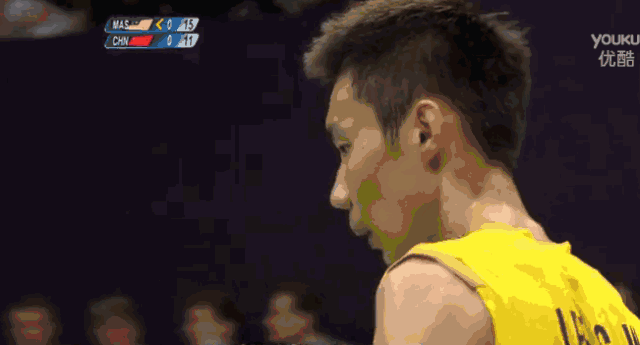
Change the ball
Changing the shuttlecock is also an opportunity to catch your breath and make adjustments. However, this change must be approved by the head referee before it can take place. The new shuttlecock travels faster initially, but as it’s repeatedly hit, the feathers gradually wear down, causing its speed to slow over time. For players accustomed to faster-paced rallies, requesting a shuttlecock change helps maintain their aggressive playing style and pace of attack.
Changing the shuttlecock can also cause even a player with great touch to lose their rhythm, since no matter how high-quality the badminton shuttlecock is, there will always be slight variations. That’s precisely why switching to a new shuttlecock when you’re behind can make a difference. Another scenario involves taking a moment to regroup and reassess your strategy—using the opportunity of changing the shuttlecock as a chance to pause, catch your breath, and carefully consider how to execute your next shot.
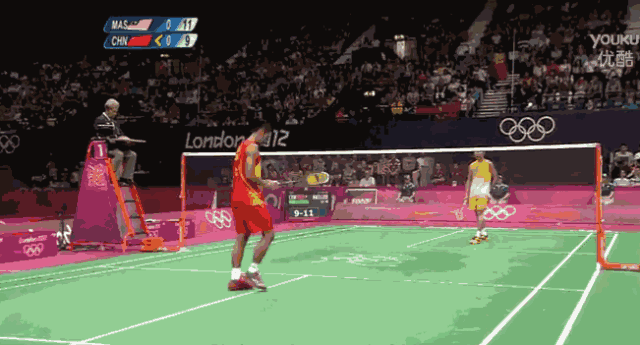
Raise your hand to signal
We often see this happen: when serving, the receiving player raises their hand to signal they’re not yet ready. After a brief moment of adjustment, they finally get set. This is also a perfect opportunity for a quick tactical move—taking advantage of the pause to disrupt the opponent’s serving rhythm and throw them off balance.
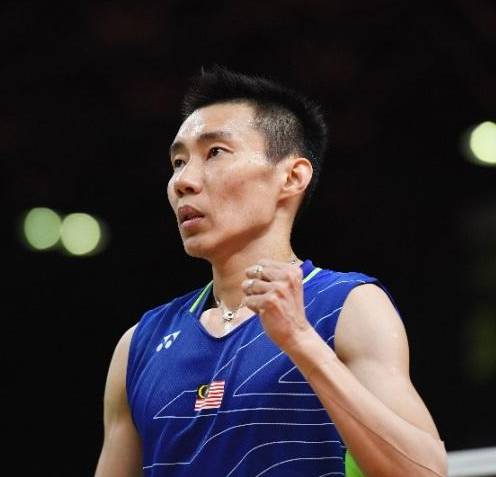
Mop the floor
During the competition, if an athlete falls or performs a dive, the referee will proactively call in staff to wipe the floor. This is because sweat on the ground could interfere with the athlete’s next move. However, sometimes athletes deliberately drop sweat onto the floor—intentionally creating a situation where they can ask officials to clean it up. After all, this is also a subtle way to stall and take a much-needed break.
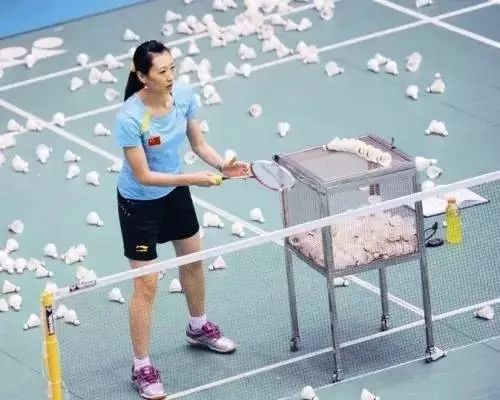
Walking back and forth
After a dead ball and before the serve (or return), there’s a brief moment when players move back and forth across the court—or even circle around it—taking the opportunity to rest, catch their breath, and quietly strategize how to play the next point. That’s why, during professional matches, you’ll sometimes notice that an athlete spends more time preparing for a particular shot than actually executing it.
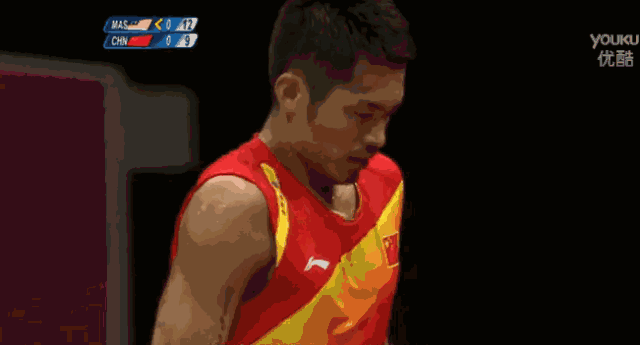
When playing, think more critically and adapt your strategy and mindset to suit each opponent. While we may not be professional athletes, by reflecting deeply on every match, every shot, and every practice session—no matter who the opponent is—you’ll naturally refine your skills and significantly improve your overall game.
More article recommendations:
In badminton doubles, these things are even more important than technique.
Zhao Jianhua, Yang Yang, and Li Mao have prepared over 100 lessons for everyone, covering techniques like badminton net play, backhand cross-court hooks, and smashes. Click "Read the Original Article in the Bottom Left Corner." If you're looking to improve your badminton skills, don't miss this—this is a must-see!

Related Articles
![[Badminton Grip Tape] 618 is here—time to stock up on grip tape! It’s priced at just 30% of the cost of YY brand products with the same quality.](https://api.zsiga.xyz/mp-weixin-attachment/cover/18/2650595079_1.jpg)
[Badminton Grip Tape] 618 is here—time to stock up on grip tape! It’s priced at just 30% of the cost of YY brand products with the same quality.
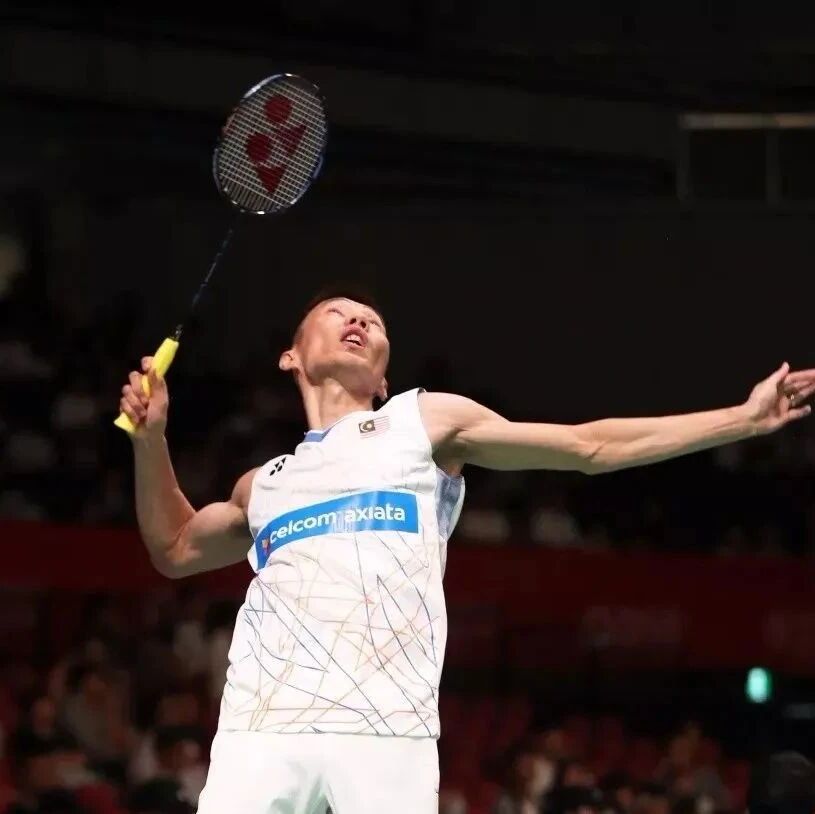
Learn to smash from scratch—say goodbye to the frustration of jumping but still missing the shuttlecock!
